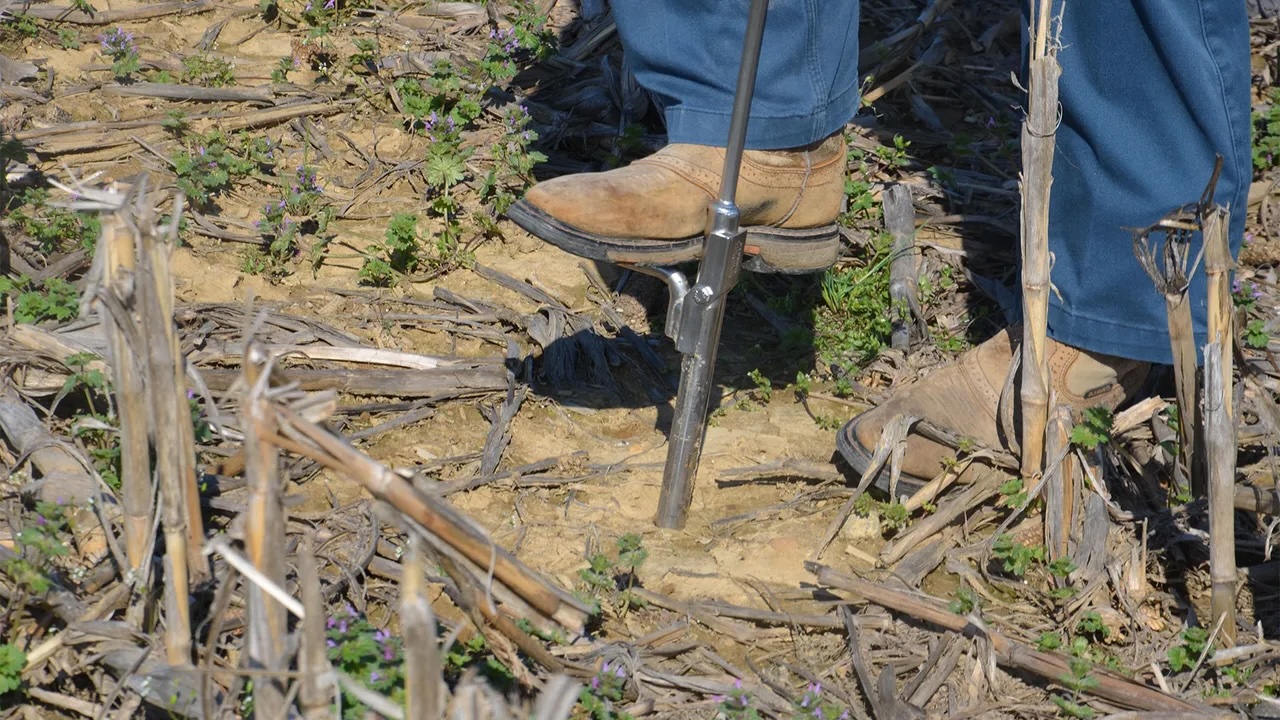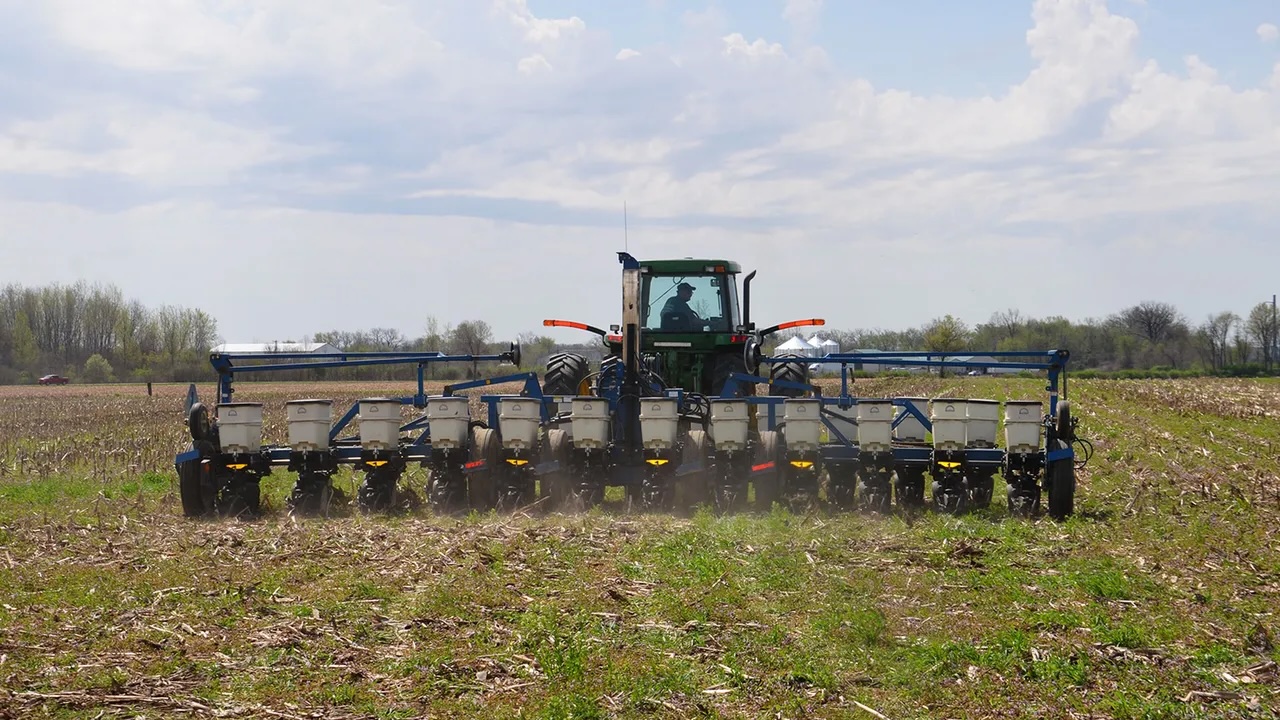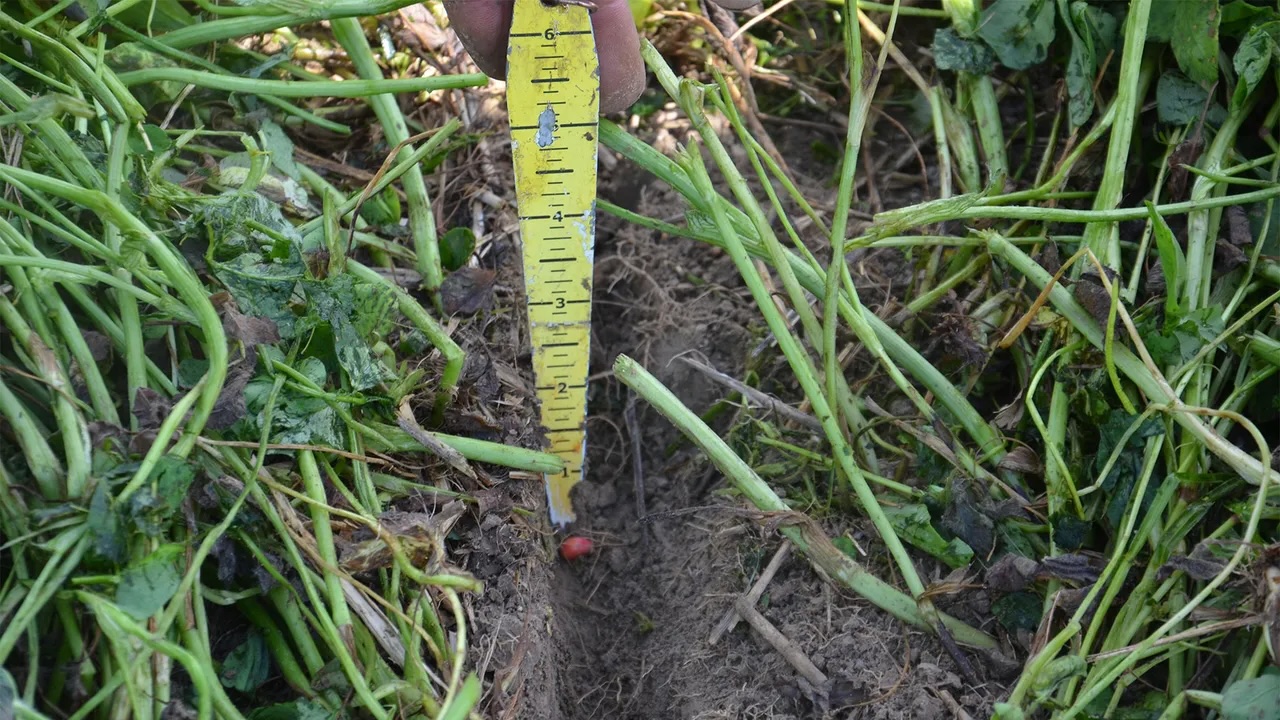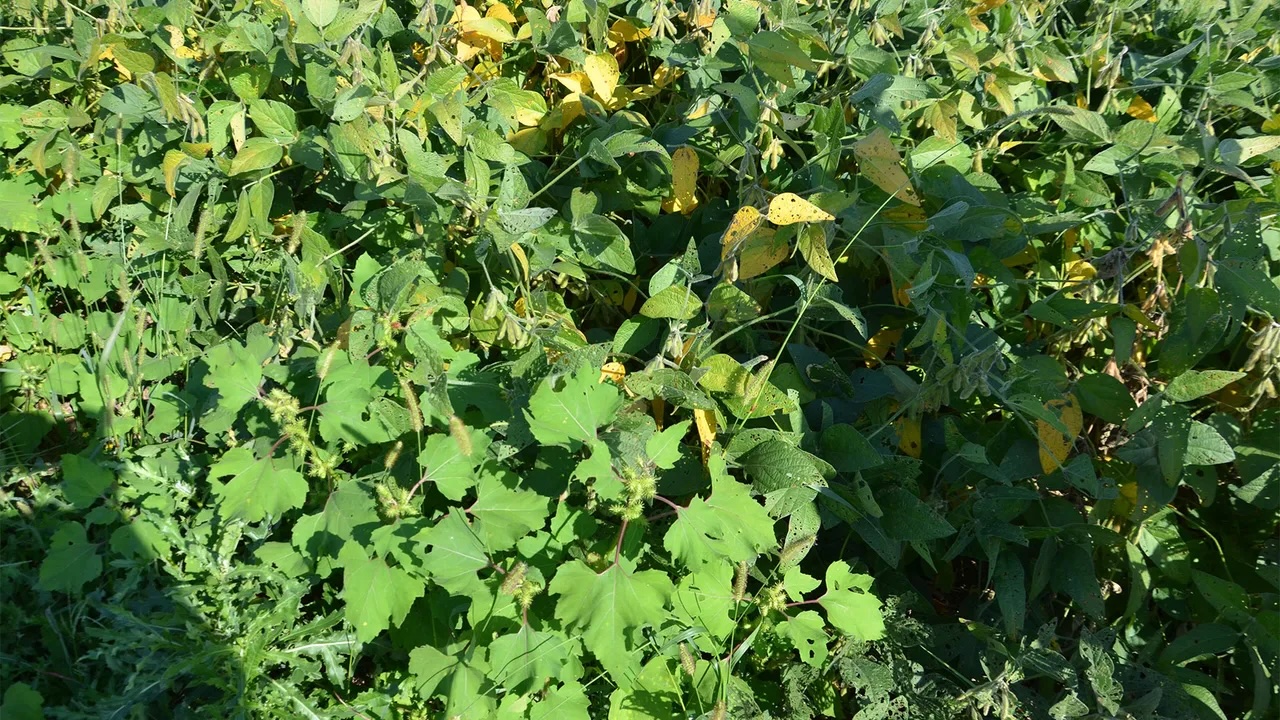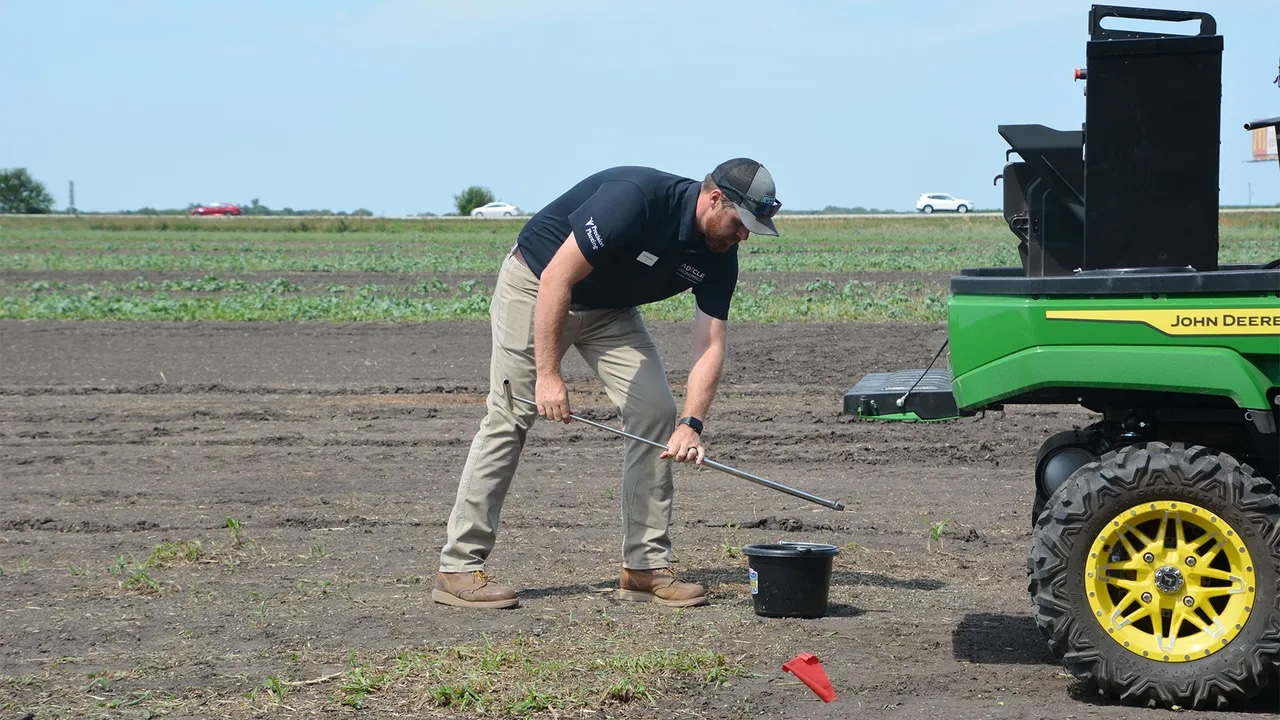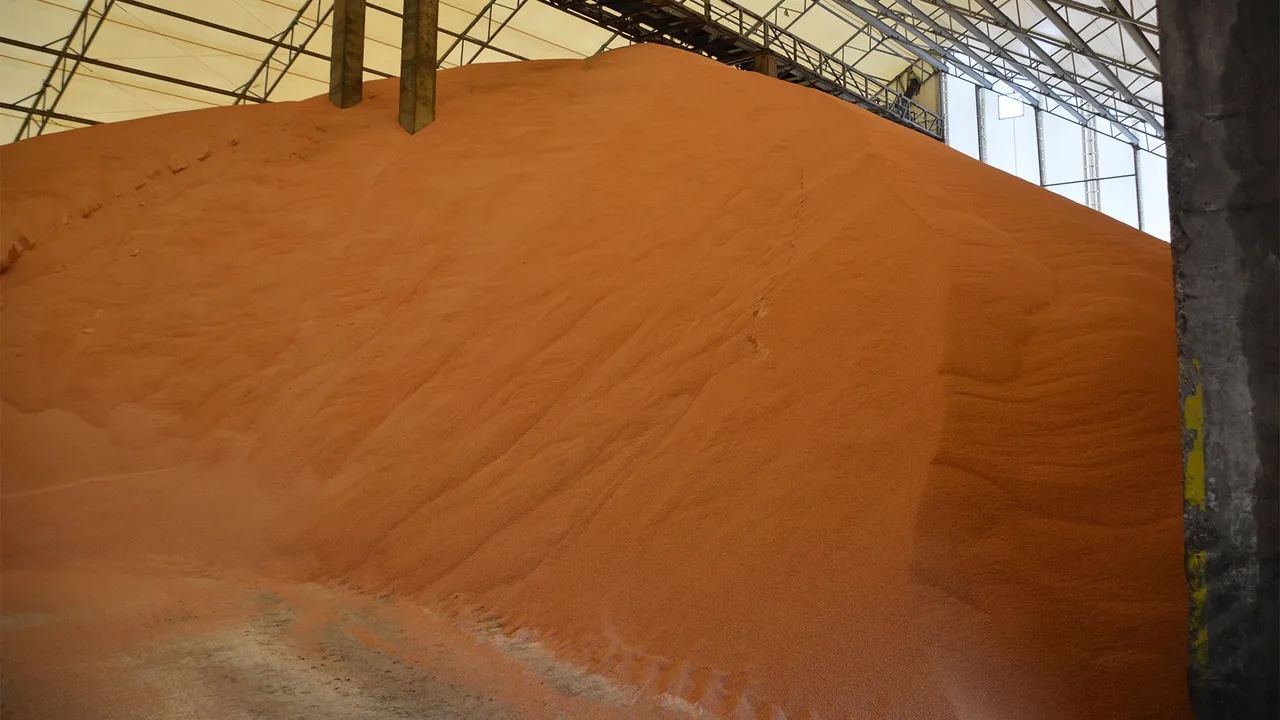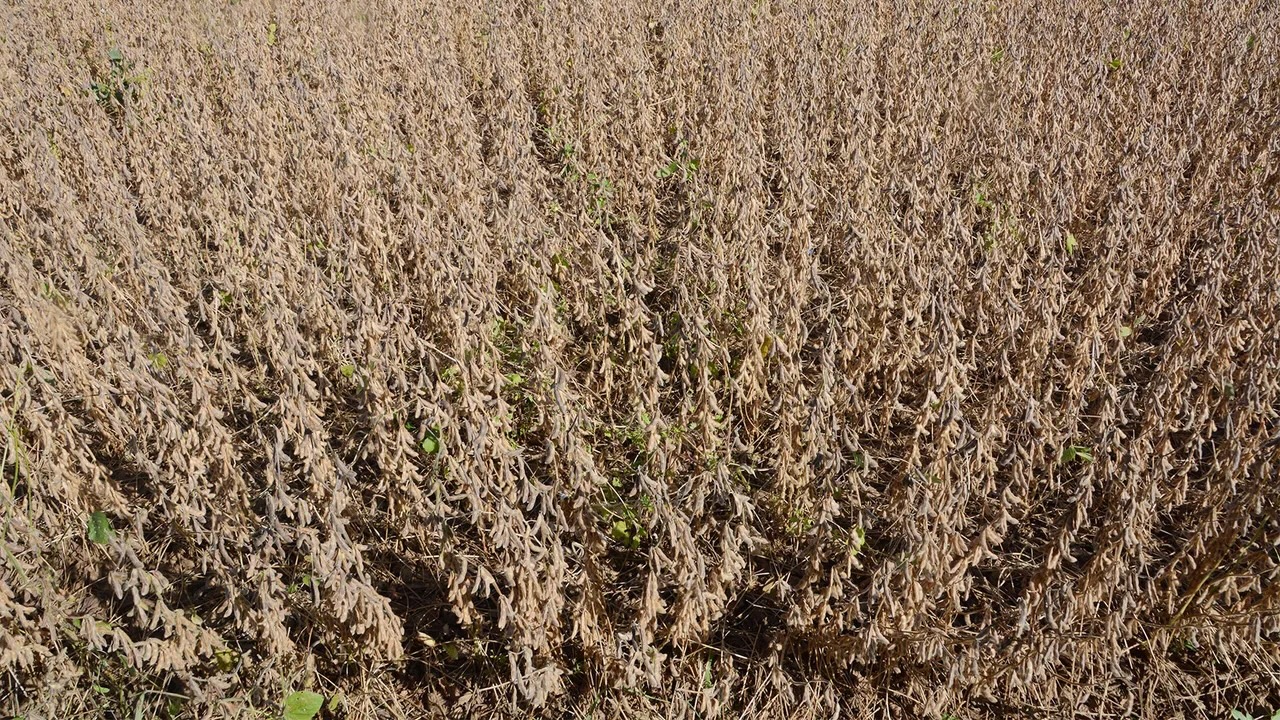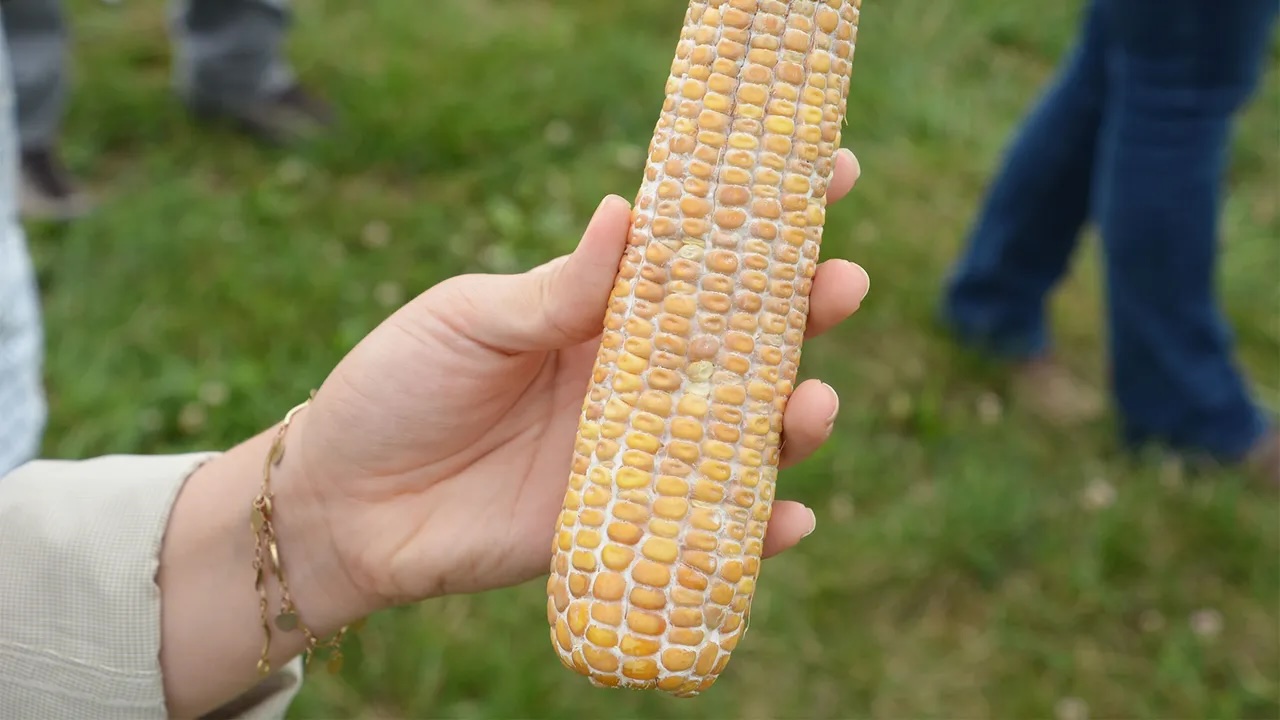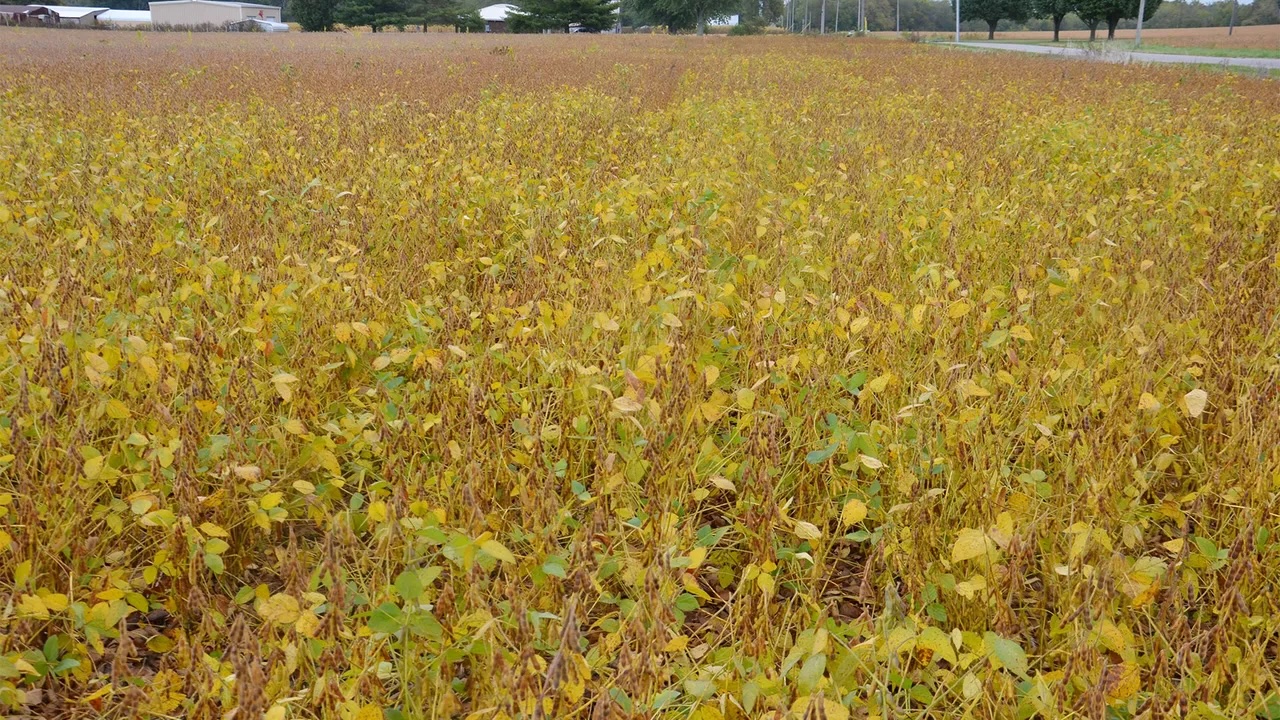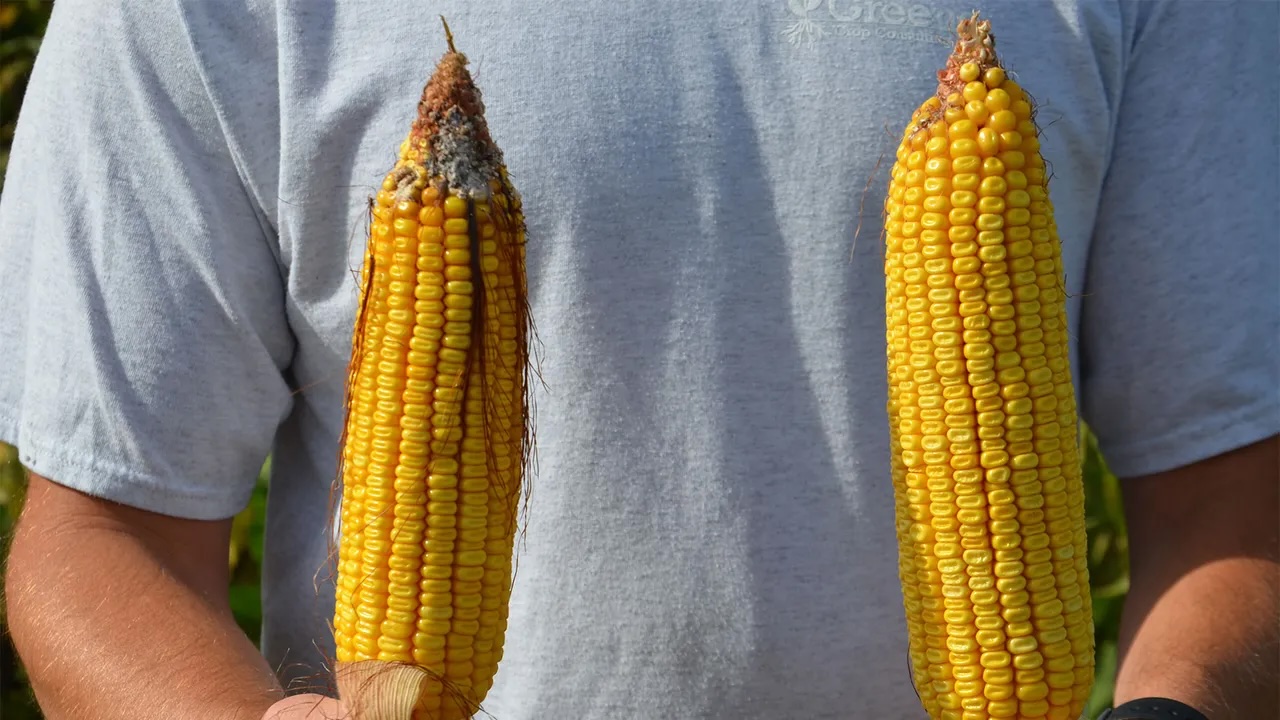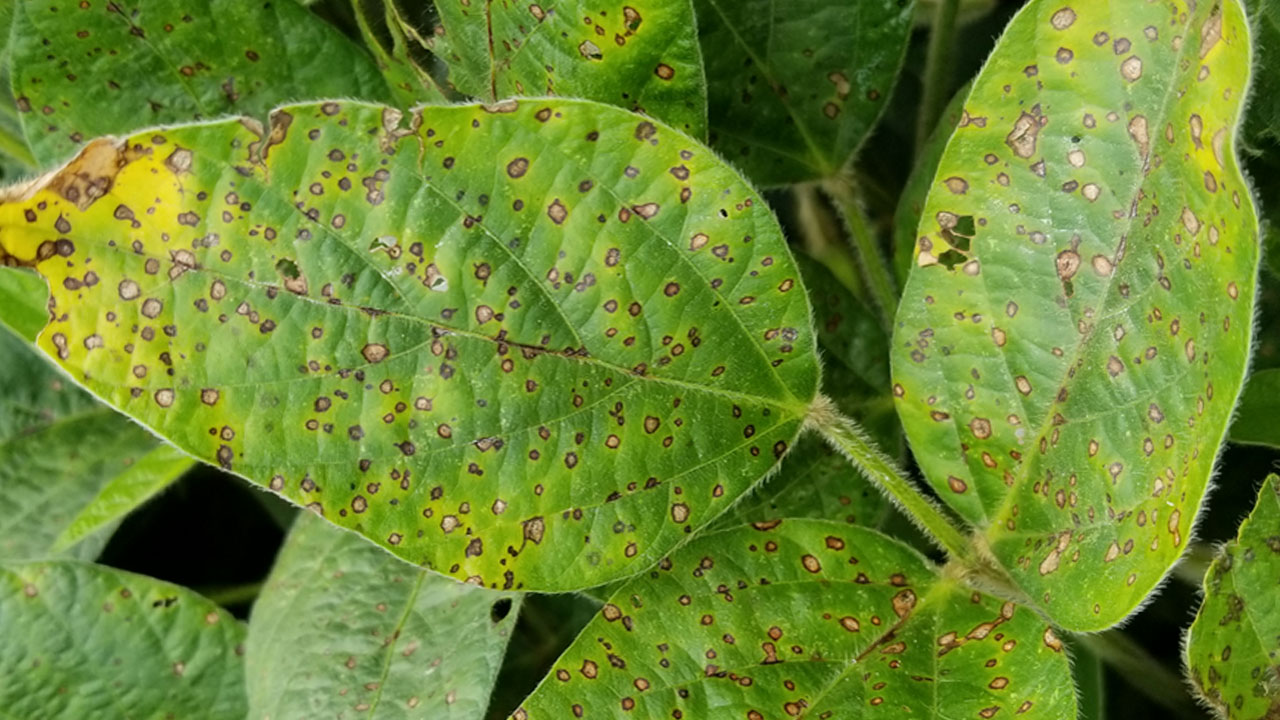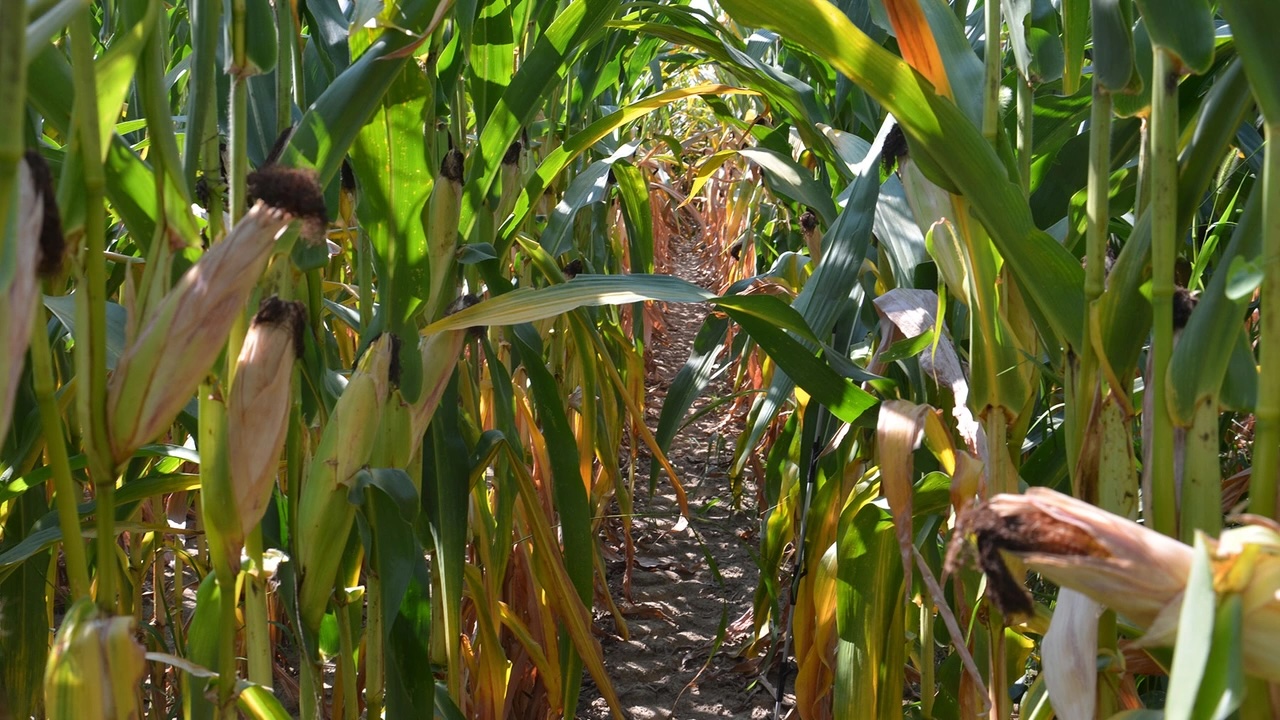More corn residue means more management
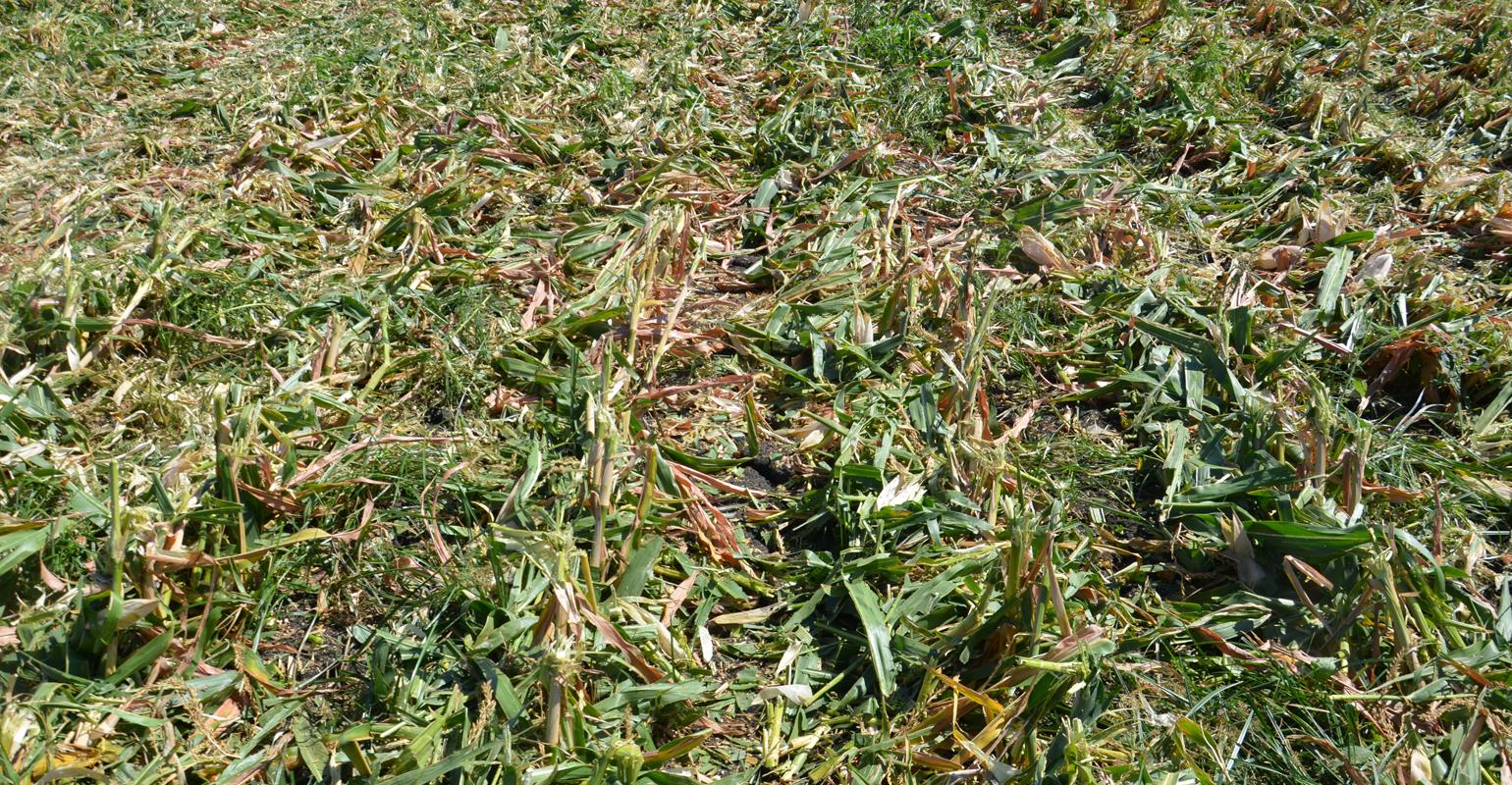
Corn Corner: Higher yields result in more residue. Here’s advice for how to deal with it.
Sep 09, 2021
What things could we do to better manage corn residue and get it to break down faster?
The Indiana certified crop advisers panel answering this question includes Traci Bultemeier, an agronomist with Pioneer near Fort Wayne; Jesse Grogan, a retired agronomist based in Lafayette; and Bryan Overstreet, an ag educator for Purdue University Extension in Jasper County.
Bultemeier: The solution depends on how residue impacts spring planting, crop rotation and tillage system. If standing stalks are impacting planting depth by interacting with depth gauge wheels, residue should be chopped and leveled. If the challenge is wet cold soils or a thick residue mat, standing stalks aren’t a bad thing.
Often the focus is on excessively processing residue in the fall, but that can lead to additional challenges like stalks moving and slower warming of the soil in the spring.
Though chisel plowing, moldboard plowing and turning cattle out aren’t popular answers, they are ways to manage residue! Baling cornstalks for bedding or feed is a viable method if you account for nutrient removal during fertilization. Leaving 12 to 18 inches of stalks standing also reduces residue but can cause planting and rooting issues the following spring.
If you have a 15-inch bean planter with an accurate steering system, leave fragile residue of leaves and upper stalks on the soil surface to decompose. Leave the lower stalk standing 12 to 18 inches tall, and plant two rows of beans between two rows of corn stubble. If planting soybeans with a drill, plant at a slight angle so only a few seeds per row are impacted.
Primarily for no-till fields, options include combine adjustments or additions like chopping corn heads, knife rolls and a wider residue spread pattern. There are quite a few commercial add-ons for combines that can improve residue distribution and size of chop. First, consider changing pulleys to increase the speed of straw spreaders and check sharpness of the straw chopper blades.
The moral of the story with each combine and each field is getting out of the combine and looking at the spread pattern.
Grogan: Make sure the combine is set properly to chop and spread residue the width of the header. Large headers may require aftermarket choppers and spreaders. Combines that can be set to chop stalks and chaff into smaller pieces are also helpful.
Standing stalks reduce residue on the surface and keep residue pieces in place through the winter. No-till soybeans are planted at an angle to the stalks. Stalks are degraded under the soybean canopy through summer. Some use crushing knifes on the header to crimp stalks for faster decomposition or stalk stompers to push stalks to the surface with corn roots attached.
Tillage in the fall and spring are options. Vertical tillage tools usually don’t fully incorporate residue for increased decomposition.
Plant earlier-maturing hybrids so that residue breakdown begins in warmer weather. Consider using cover crops to stimulate soil microflora that aid in residue decomposition.
Overstreet: To help with breaking down stalks, set your combine snapping rolls to break apart as much of the stalk as possible. Leave the stalk attached to the roots so everything doesn’t blow or wash away.
A long-term fix would be adding cover crops to bring back your soil life and help break down the corn stover. Once you get the worm and microbial life back, those stalks will be taken care of.


